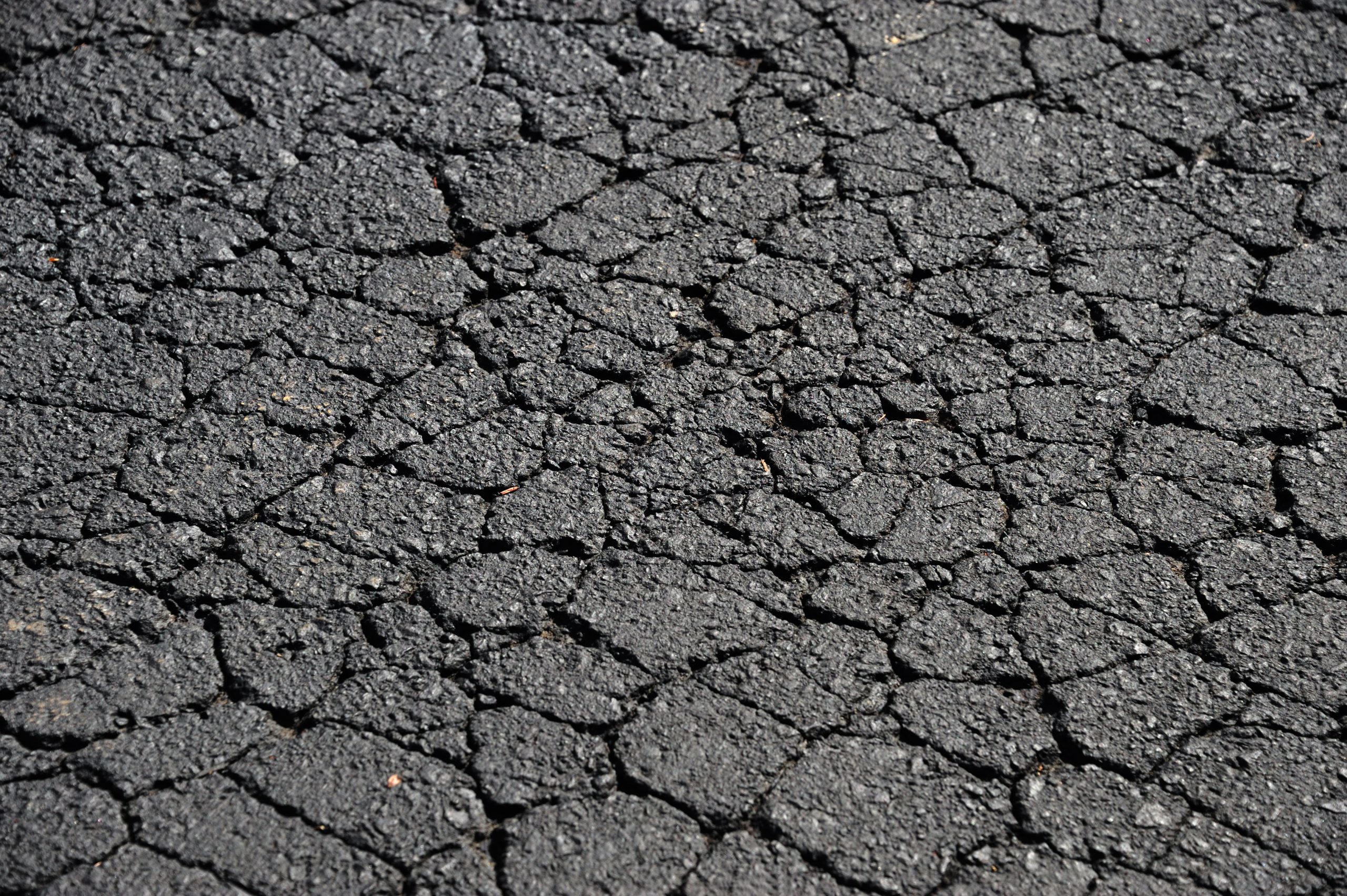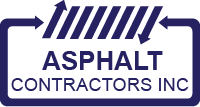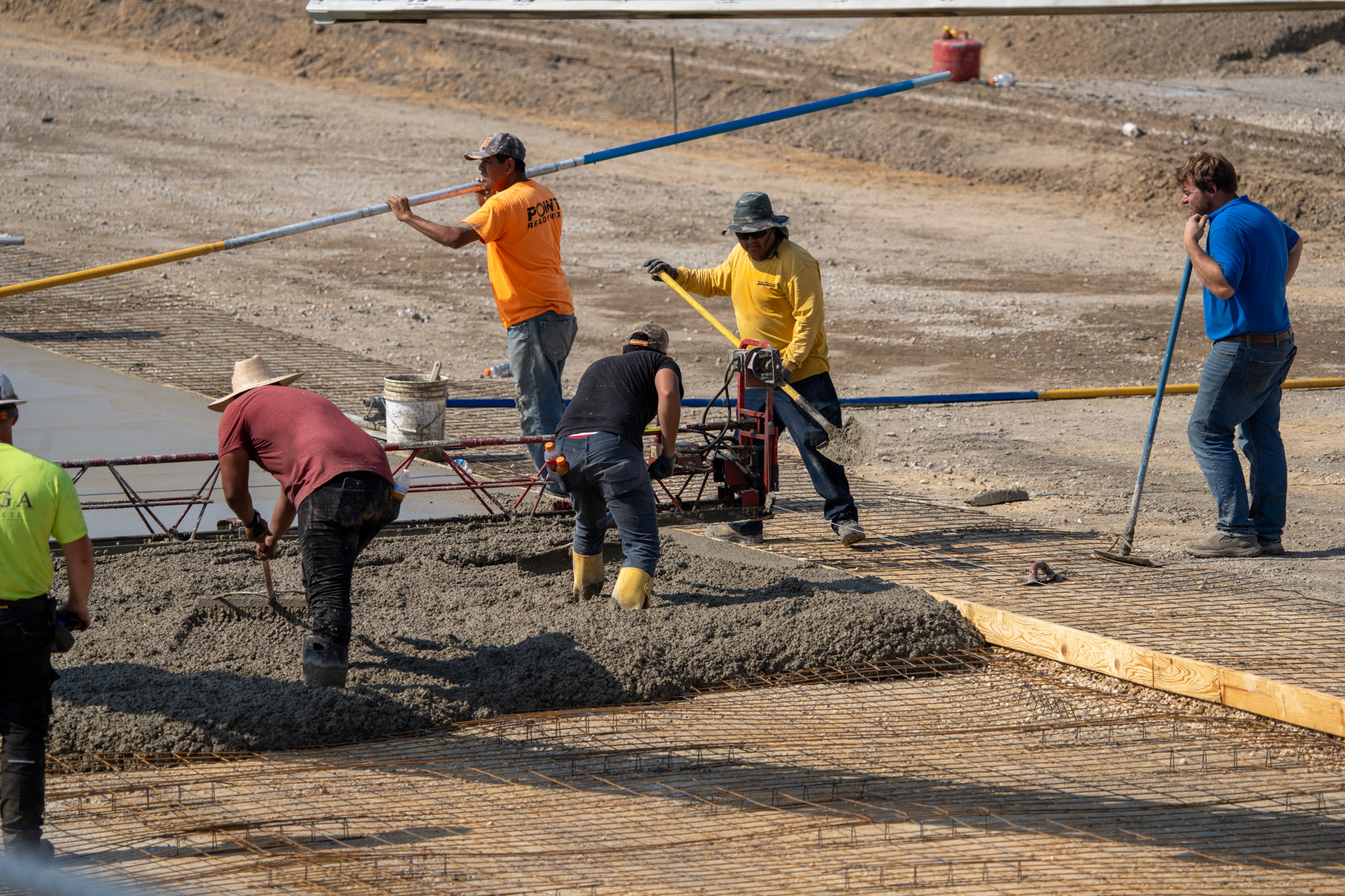Why these cracks matter to your bottom line

Alligator cracking asphalt vs linear cracks is more than a technical difference. It is a budget and timing decision that affects the safety and lifespan of your pavement. This guide explains how to tell the two apart, what causes each, repair options, expected costs, and how to prioritize work. If you manage a parking lot, driveway, or roadway in Southeast Wisconsin, understanding crack types helps you plan smarter, prevent major failures, and avoid paying more later.
Asphalt Contractors Inc. has served Racine, Kenosha, Walworth, Waukesha, and Milwaukee counties since 1979. Our team manufactures asphalt, runs full-service paving crews, and delivers solutions for residential and commercial properties. With decades of field experience, we help clients choose the right fix at the right time. Use this article as a starting point, then schedule a site visit to get a tailored plan based on your surface, traffic, and budget.
What is alligator cracking asphalt
How to recognize it
Alligator cracking asphalt looks like a web of interlaced cracks. Many people call it crocodile cracking because the surface pattern resembles reptile scales. The cracks often cluster in an area that sees heavy traffic or standing water, such as wheel paths, loading zones, entrances, and turning lanes. When you walk on a section with alligator cracking, the asphalt may flex underfoot or feel spongy. You may also see loose chunks, pumping of fine material, or potholes forming within the cracked zone.
What causes it
Alligator cracking is a structural failure. It happens when the asphalt layer and the base underneath can no longer carry the loads placed on them. Common causes include inadequate base thickness, weak or saturated subgrade, poor drainage, repeated heavy truck traffic, aged and brittle asphalt, and thin overlays that mask deep problems for only a short time. Once fatigue begins, each wheel pass spreads the damage. Water accelerates the failure by softening the base and freezing in cracks during winter.
Why it is expensive if ignored
Alligator cracking asphalt allows water to enter the pavement structure. Water weakens the base, which leads to pumping, rutting, and potholes. Freeze-thaw cycles widen cracks and break apart the surface. What begins as a repairable area can quickly grow into a full-depth failure that requires a larger cutout or reconstruction. The cost difference between early intervention and full replacement can be significant, which is why prompt assessment is important.
What are linear cracks
Types of linear cracks
Linear cracks are long, continuous splits in the pavement. They can run parallel or perpendicular to traffic. The most common types include longitudinal cracks that run along the direction of traffic, often in wheel paths or along joints; transverse cracks that run across the pavement, often caused by temperature changes and shrinkage; and edge cracks that appear along the outer edges of the pavement where the support is weaker or drainage is poor.
Common causes
Linear cracks often start at the surface. They may result from temperature swings, oxidation and aging, shrinkage, poor joint construction, reflective cracking from underlying layers, or a lack of support at the edge. While surface driven, linear cracks can still let water into the structure over time. Early sealing helps prevent further damage and slows the need for larger repairs.
Risk level and cost implications
Linear cracks are usually less severe than alligator cracking because they do not always indicate base failure. They are often manageable with crack sealing and routine maintenance. Left untreated, however, they widen, ravel, and connect with other cracks, which can lead to potholes or alligator cracking later. Timely sealing is one of the most cost-effective actions you can take on a pavement with otherwise sound structure.
Side-by-side comparison
- Appearance: Alligator cracking asphalt has a blocky, interconnected pattern within an area. Linear cracks are long and single-direction.
- Cause: Alligator cracking is usually structural failure. Linear cracks are often surface issues related to temperature, aging, or joints.
- Risk: Alligator cracking quickly grows and leads to potholes. Linear cracks expand gradually unless water and traffic worsen them.
- Safety: Alligator areas can heave or break apart and create tripping hazards or tire damage. Linear cracks can be a nuisance but are less dangerous at first.
- Water intrusion: Both allow water entry, but alligator cracking channels more water into the base, which speeds failure.
- Typical fix: Alligator cracking requires removal and replacement of the failed area. Linear cracks are sealed and monitored.
- Budget impact: Alligator repairs cost more per square foot and cover larger areas. Linear crack sealing is low-cost and quick.
- Timeline: Alligator repairs take more planning and mobilization. Crack sealing can be scheduled and finished faster.
Repair options and typical costs in Southeast Wisconsin
Actual costs vary by area size, access, thickness, and site conditions. The ranges below are general guidance to help with early budgeting. Asphalt Contractors provides firm pricing after a site visit.
- Crack sealing for linear cracks: Often 0.50 to 1.50 per linear foot depending on crack width, traffic control, and cleaning. Sealcoating after sealing is often recommended.
- Sealcoating: Commonly 0.20 to 0.40 per square foot. Sealcoating adds a protective layer, improves appearance, and slows oxidation. It does not fix structural problems.
- Patching for alligator cracking asphalt: Remove and replace the failed area. Infrared or saw-cut patching is often 3 to 7 per square foot for shallow repairs. Full-depth patching can range from 7 to 15 per square foot depending on base work.
- Mill and overlay: Milling the top layer and placing new asphalt can run 3 to 8 per square foot. This is effective when the base is still sound but the surface is worn. It is not a fix for deep structural failure.
- Full-depth reclamation or reconstruction: When the base is weak over a large area, rebuilding may be the best long-term value. Costs vary widely but can exceed 10 per square foot for complex sites. Reconstruction provides a fresh base and surface for long service life.
Because Asphalt Contractors manufactures asphalt, we can control mix quality and help you stretch your budget without cutting corners. Our in-house milling, pulverizing, and paving crews streamline scheduling and reduce markups. That efficiency becomes real savings on project day.
How Asphalt Contractors approaches each problem
Asphalt Contractors Inc. starts with a detailed assessment. We investigate crack patterns, test base conditions, and check drainage and traffic loads. Our team explains what is happening underneath your pavement in plain language and lays out choices that match your goals and budget.
- For alligator cracking asphalt: We outline the limits of the failed area, remove distressed material, evaluate the base and subgrade, and rebuild as needed. If failure is widespread, we analyze larger options such as milling with base improvements or reconstruction.
- For linear cracks: We clean and seal the cracks with hot rubberized sealant, sometimes paired with routing for better adhesion. If there is reflection from joints or fatigue starting to form, we may reinforce with localized patching and then sealcoat.
- For risk zones like edges and drains: We improve support and flow so water leaves the pavement quickly and does not weaken the base.
Since 1979, our crews have completed projects of every size across Southeast Wisconsin. With certified operators, modern equipment, and our own materials, Asphalt Contractors delivers reliable results and transparent communication.
How to prioritize repairs when budgets are tight
- Fix safety hazards first. Potholes and broken alligator areas create trip and tire risks.
- Seal active linear cracks to block water. This low-cost step slows deterioration across your site.
- Patch localized alligator zones before winter. Prevent water and freeze-thaw from turning small failures into big ones.
- Plan larger overlays or reconstruction during the next budget cycle. Use accurate measurements and core data to set realistic costs.
- Adopt a maintenance schedule. Combine crack sealing, patching, and sealcoating at the right intervals to extend life.
Prevention strategies that save money
- Improve drainage. Keep downspouts, catch basins, and edges clear to prevent water from pooling.
- Schedule routine crack sealing. Seal small linear cracks before they connect or widen.
- Sealcoat on a cycle. A sealed surface slows oxidation and protects against sun and salt.
- Control loads. Limit heavy trucks where the base is thin or add thicker sections in loading areas.
- Address edges. Provide proper shoulder support and keep vegetation from trapping moisture along edges.
- Monitor after winter. Freeze-thaw can create new movement. Spring is ideal for inspections and quick repairs.
When to choose crack sealing, patching, overlay, or reconstruction
Crack sealing
Choose crack sealing for narrow linear cracks with a sound base. It is fast, low cost, and prevents water intrusion. Pair with sealcoating for best appearance and protection. It is not suitable for alligator cracking asphalt.
Patching
Choose patching when alligator cracking is confined to specific areas. Saw cut, remove damaged material, rebuild the base if needed, and install new asphalt. This targets the problem without resurfacing the entire lot.
Mill and overlay
Choose an overlay when the surface is worn, has widespread linear cracking, or minor rutting, but the base still tests sound. Milling removes the top layer and creates a uniform profile for new asphalt. Overlaying over deep structural failure is a short-term fix and often fails again.
Reconstruction
Choose reconstruction when alligator cracking is widespread or the base is weak across large areas. Rebuild from the base up. Though the initial cost is higher, reconstruction can deliver the lowest life cycle cost and the longest service life.
Frequently asked questions
Can I seal alligator cracking asphalt to save money
No. Sealing just the surface of alligator cracking does not fix the structural failure underneath. You may hide the problem for a short time, but water and loads will continue to break the area apart. Proper repair removes the damaged asphalt and restores the base.
How fast should I act after I see alligator cracking
Act quickly. Even small alligator areas can grow fast under traffic and wet conditions. A prompt patch can contain costs. Waiting often turns a patch into a larger replacement.
Is every linear crack a sign of failure
No. Many linear cracks are normal aging and temperature movement. Sealing them early is smart maintenance. If linear cracks are very wide, raveled, or accompanied by rutting or pumping, call Asphalt Contractors for an inspection to check the base.
When is winter a problem for cracks
Winter is hard on asphalt because water expands when it freezes. Open cracks allow water to enter and break apart the pavement. Sealing before winter reduces freeze-thaw damage and lowers spring repair costs.
Do overlays fix alligator cracking asphalt
Not by themselves. An overlay over a failed base is likely to crack again in the same pattern. The failed areas must be patched or the base rebuilt before placing an overlay.
Simple inspection checklist
- Identify crack type: web pattern or long straight lines.
- Check depth: does the area flex underfoot or shed gravel.
- Look for water issues: standing water, clogged drains, or soft spots.
- Note traffic loads: heavy trucks, delivery routes, or forklifts.
- Measure areas: estimate square footage of alligator zones and length of linear cracks.
- Capture photos: take clear pictures for reference and quotes.
Timeline expectations
Timing can impact costs. With good planning, you can align work windows with your operations and avoid rush premiums.
- Crack sealing: Often completed in one day for small to mid sites. Traffic can return quickly after curing.
- Patching: One to two days for typical areas. Larger or deep patches need more time, especially if base improvements are required.
- Mill and overlay: Two to five days depending on size, weather, and traffic control.
- Reconstruction: Several days to several weeks for large properties. Phased work can keep parts of your site open.
Why choose Asphalt Contractors in Southeast Wisconsin
Asphalt Contractors Inc. combines decades of expertise with in-house manufacturing and a full fleet of equipment. That means consistent quality, better scheduling, and competitive pricing. We serve Union Grove and the surrounding counties of Racine, Kenosha, Walworth, Waukesha, and Milwaukee. From crack sealing and patching to milling, overlays, concrete work, and full reconstruction, we provide a single-source solution. Our crews are trained, our mixes are controlled, and our service is built on reliability.
When you partner with Asphalt Contractors, you get a clear plan that aligns with your budget. We explain options, show you the cost and lifespan trade-offs, and stage work to minimize disruption. Whether you own a retail center, industrial facility, HOA, school, or private driveway, we tailor repairs for your site and traffic loads.
Make a smart plan for your pavement
If you see alligator cracking asphalt, schedule an assessment right away. Early patching and base repair often costs far less than waiting. If your pavement shows mostly linear cracks, plan crack sealing and sealcoating to slow aging and keep water out. Combine these actions with regular inspections and drainage improvements for the best long-term results.
Ready to compare repair options, costs, and timelines for your property in Southeast Wisconsin Contact Asphalt Contractors today. We will walk your site, document what we find, and deliver a clear, itemized proposal. With over 40 years in business and our own asphalt plant, we are committed to quality, transparency, and value. Let Asphalt Contractors Inc. help you understand what those cracks really mean for your budget and pave the way to a longer-lasting surface.


